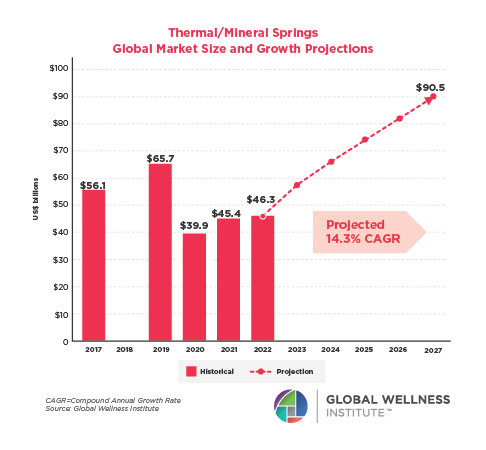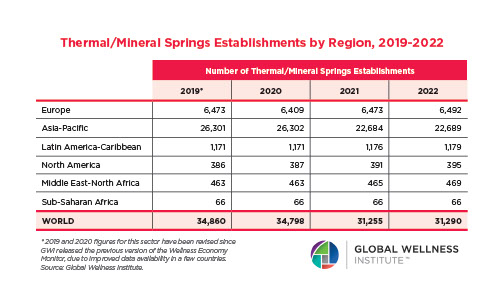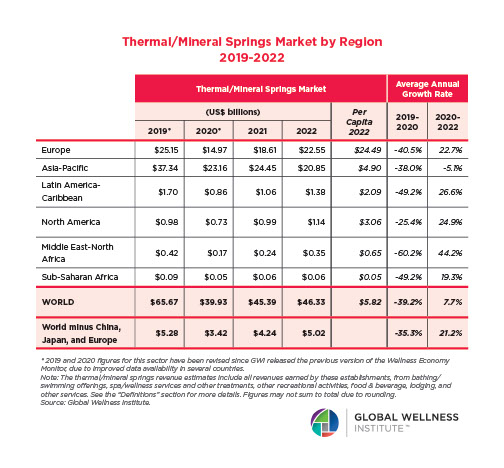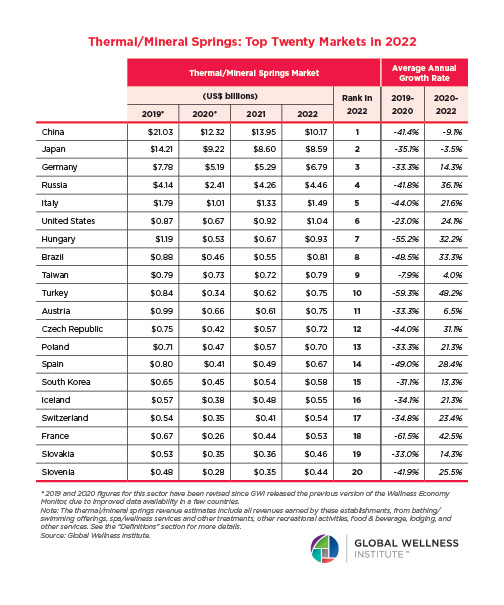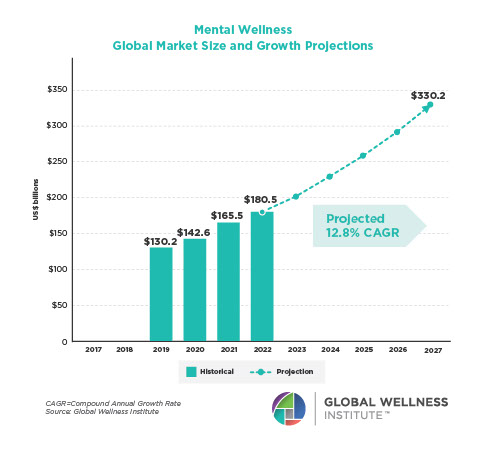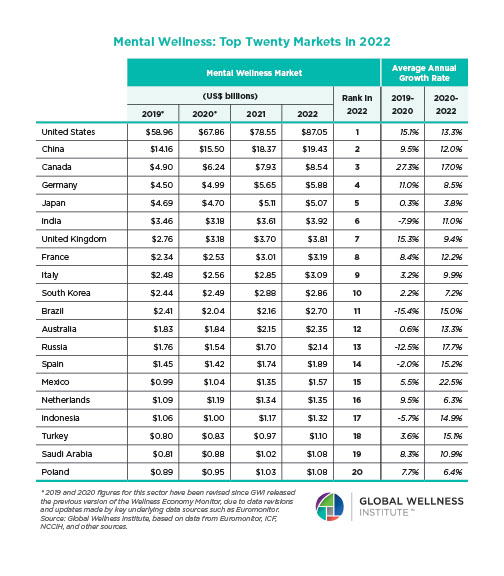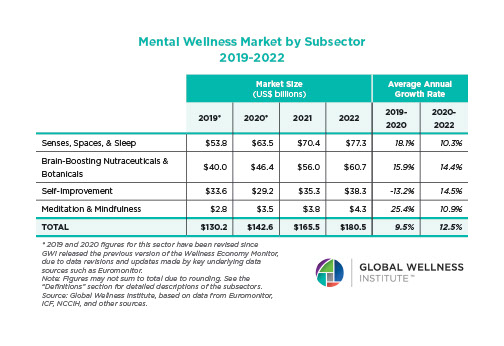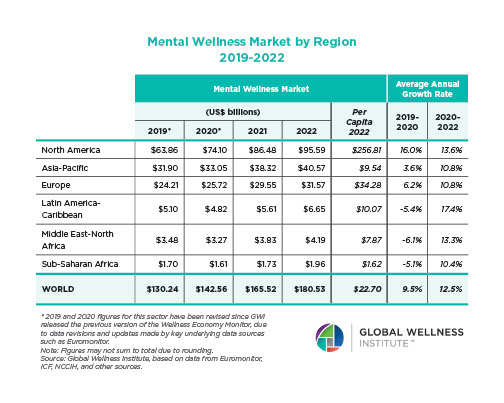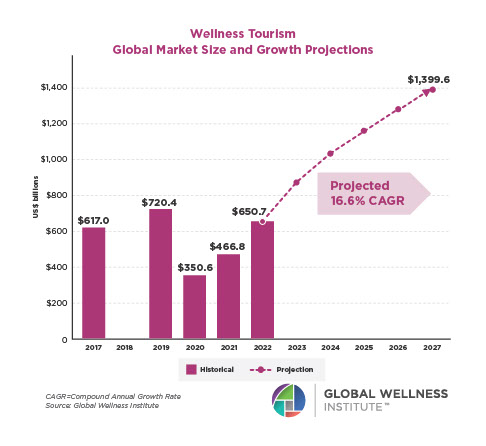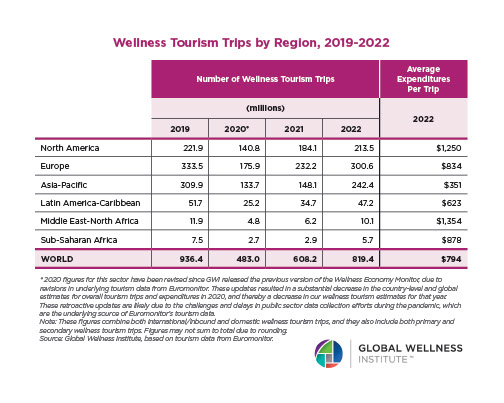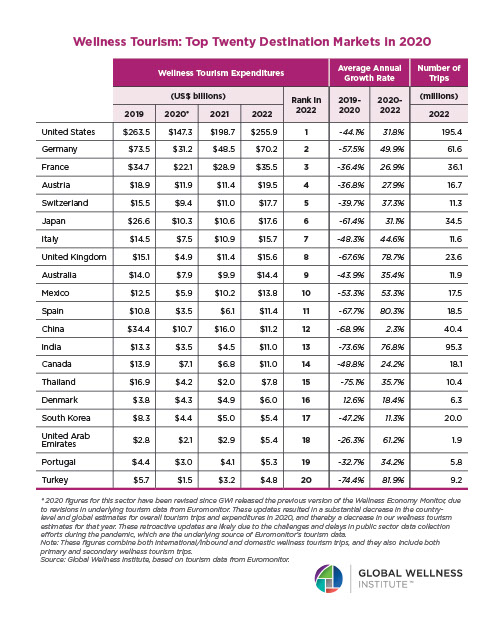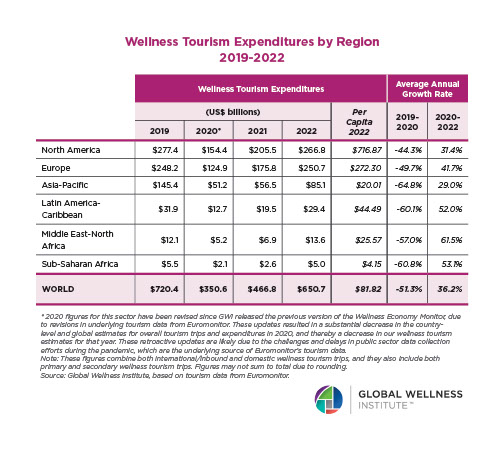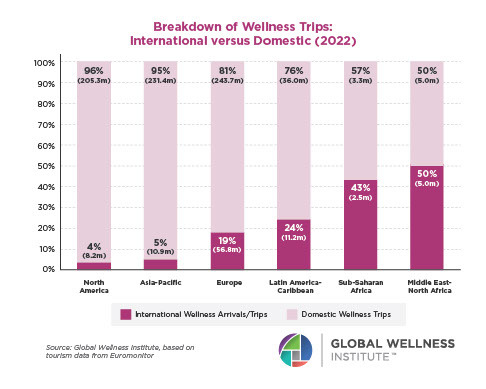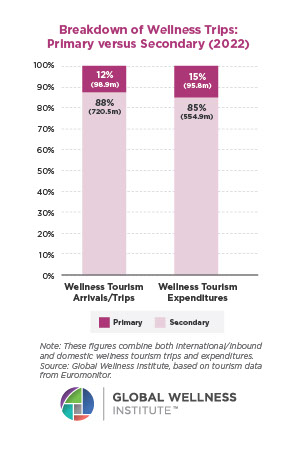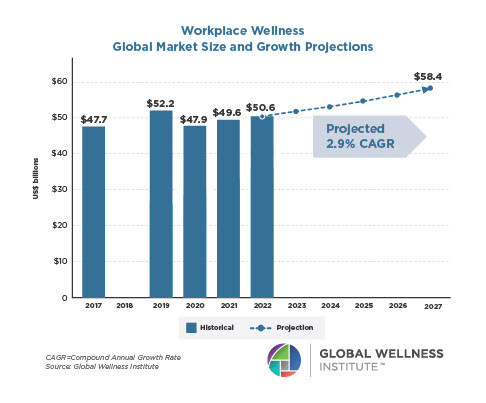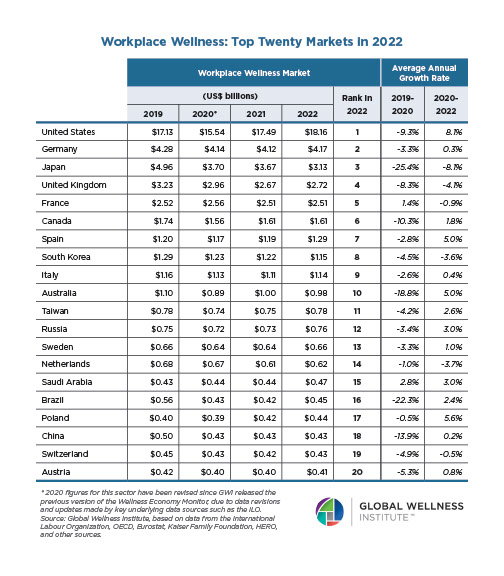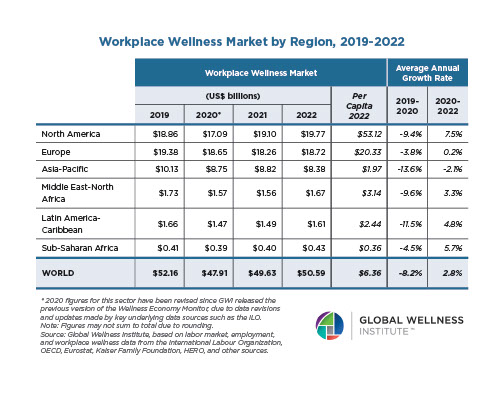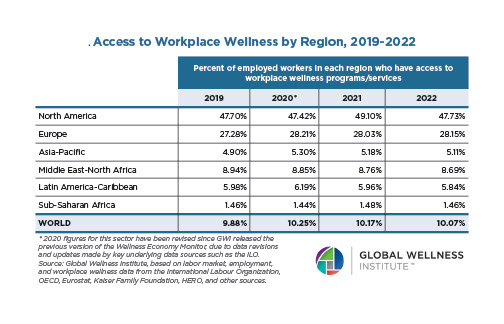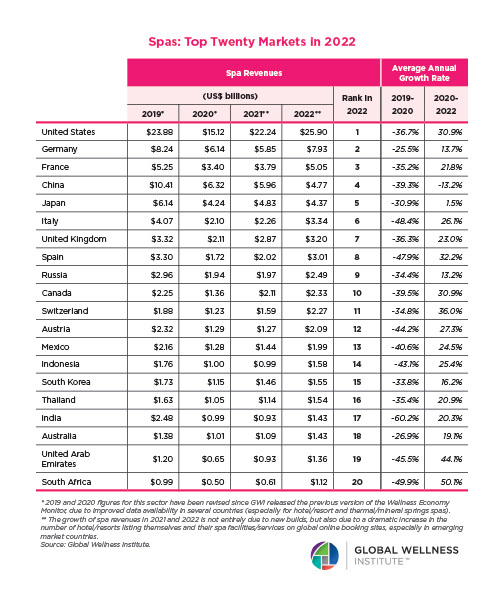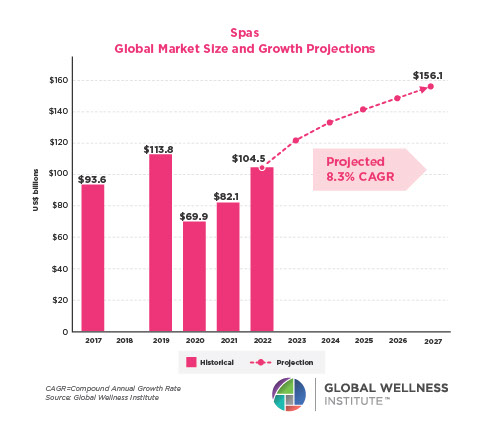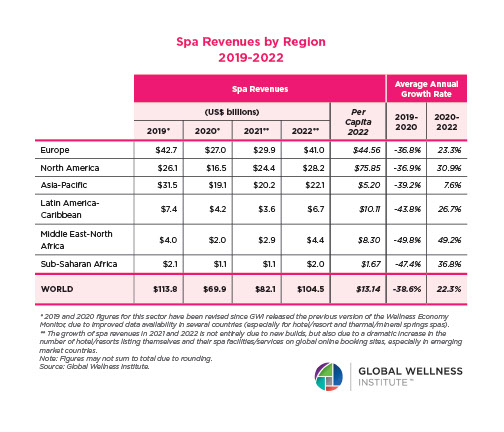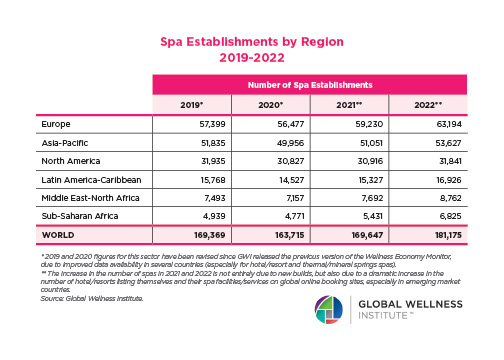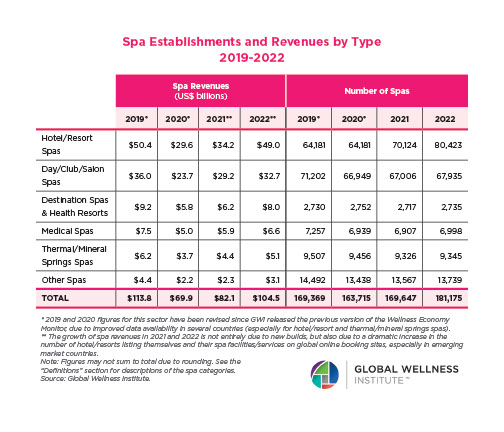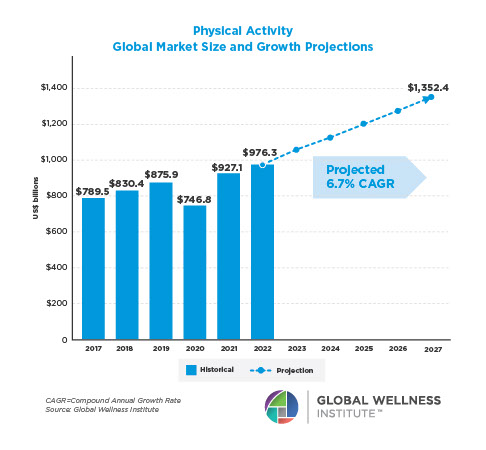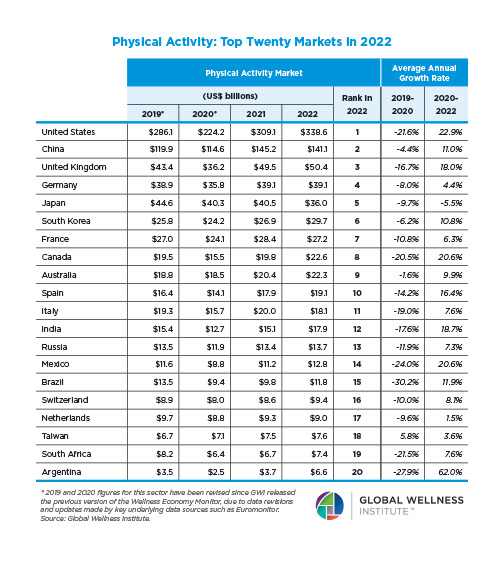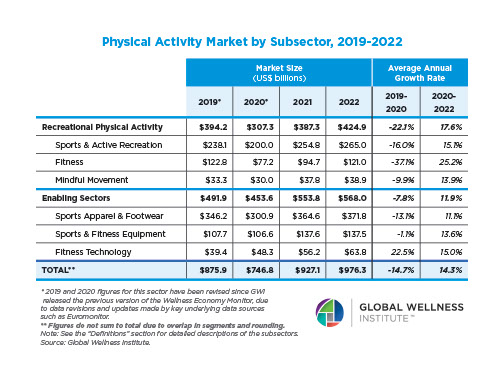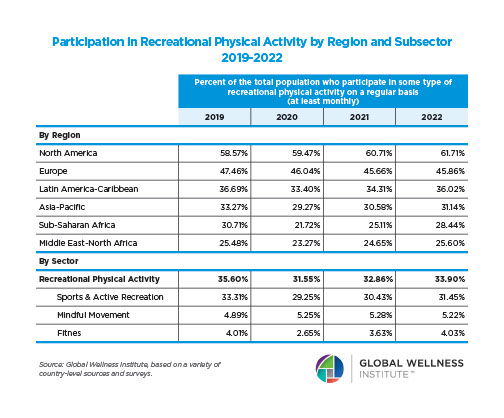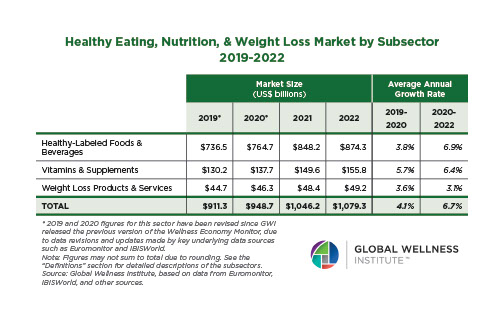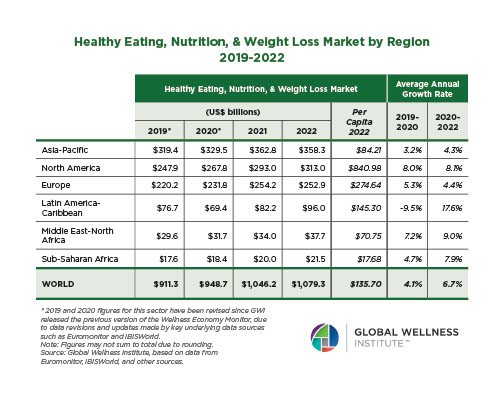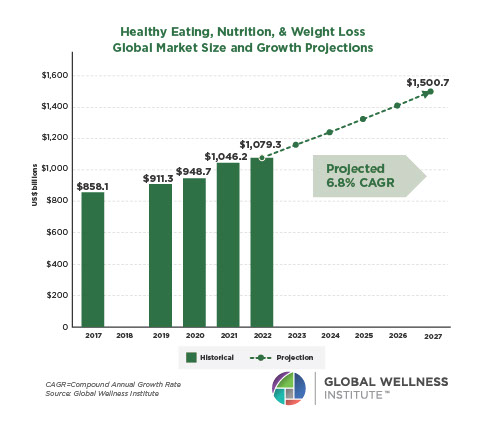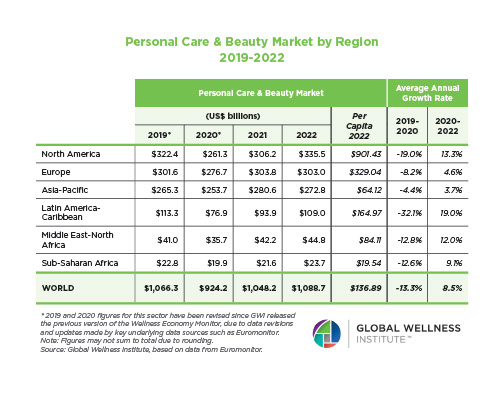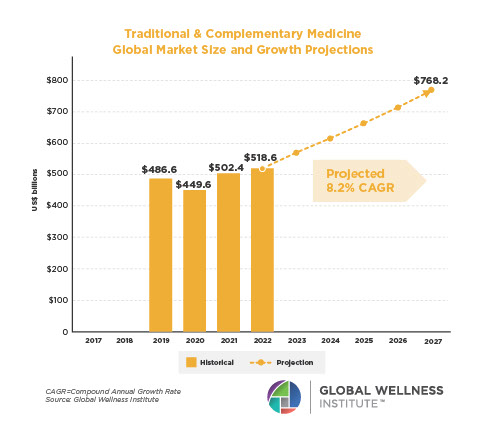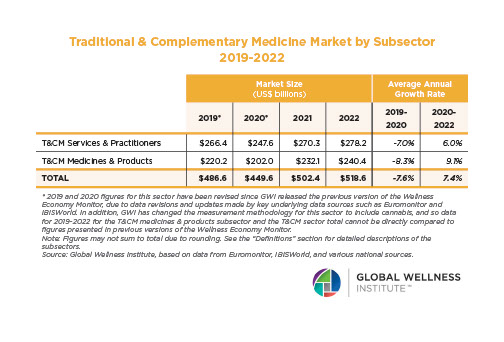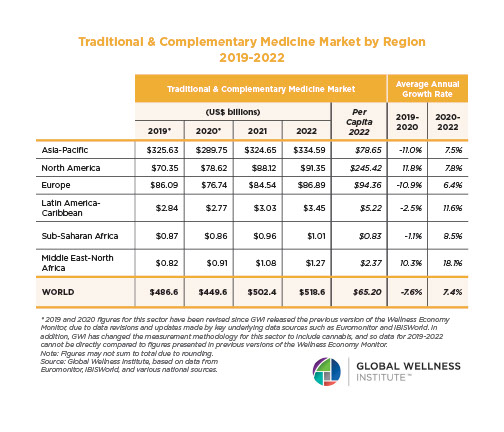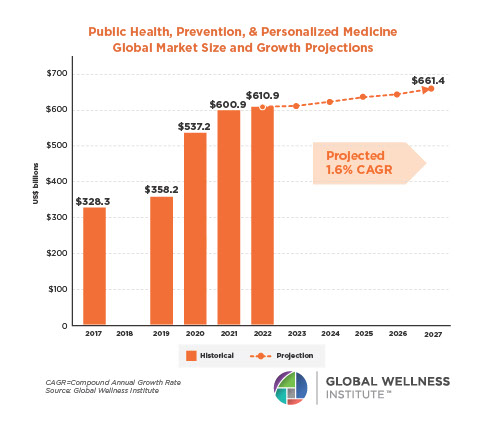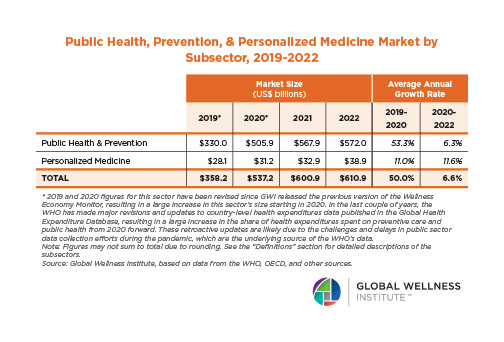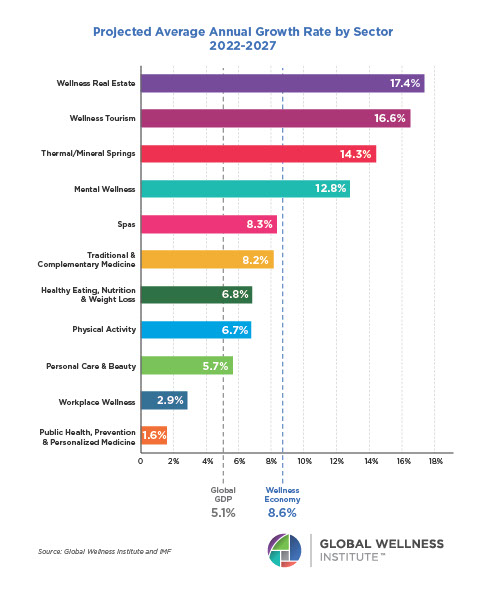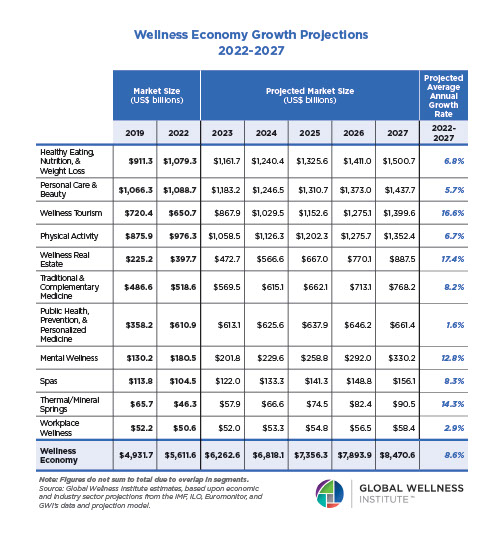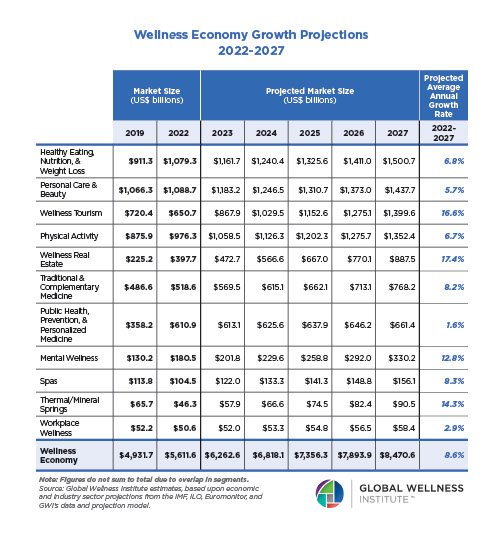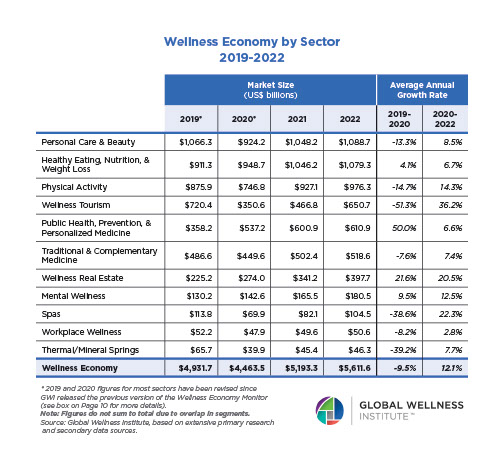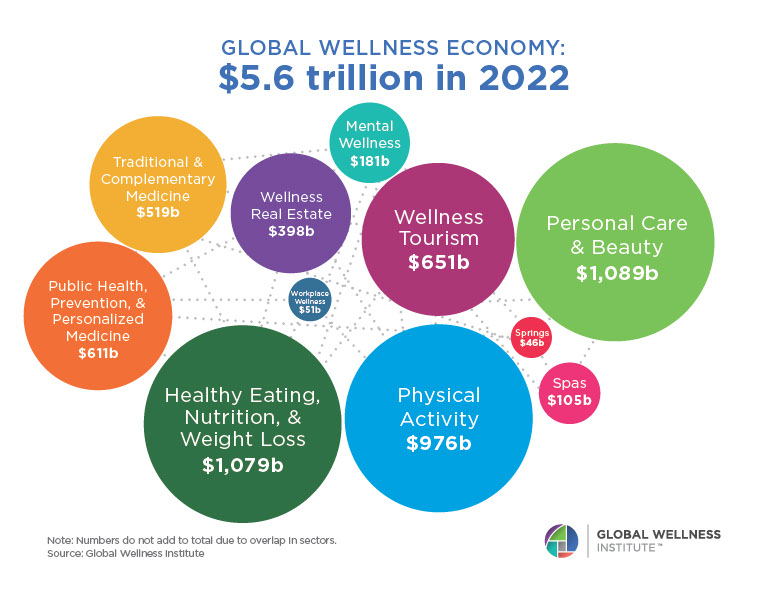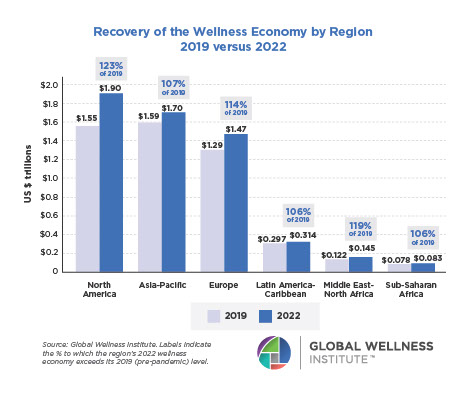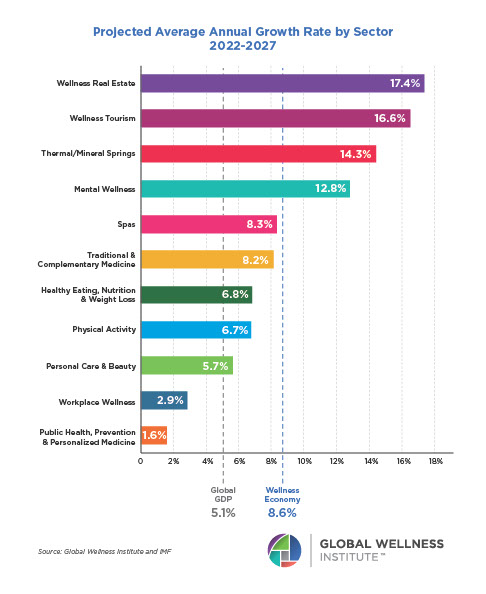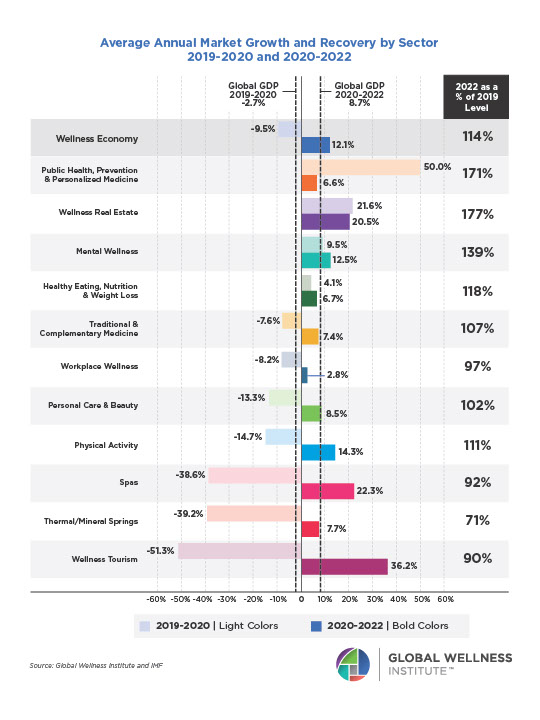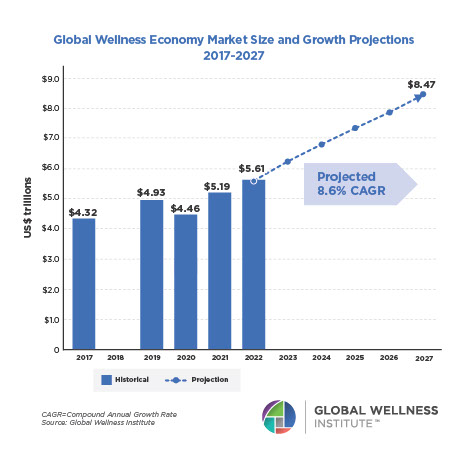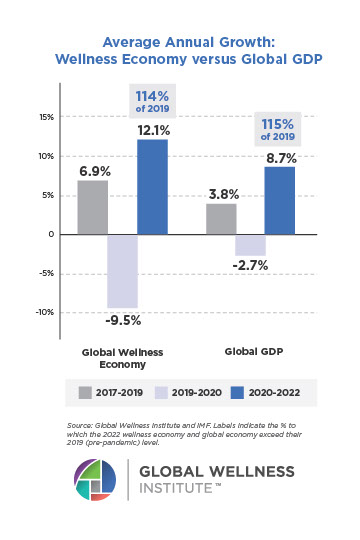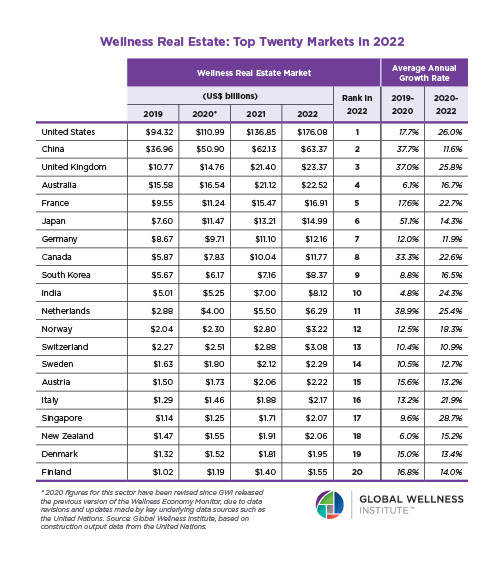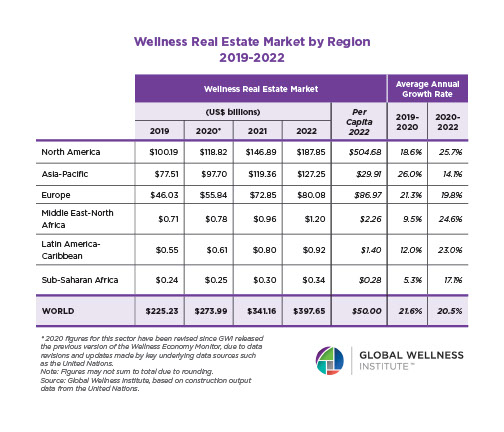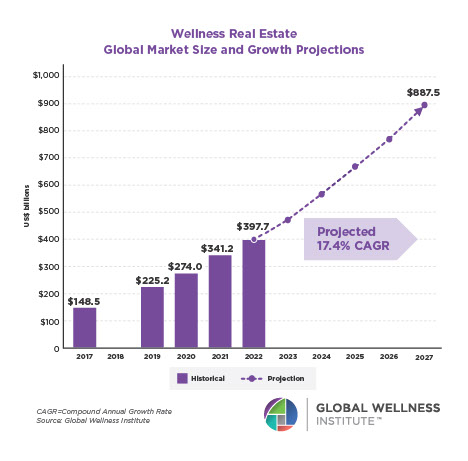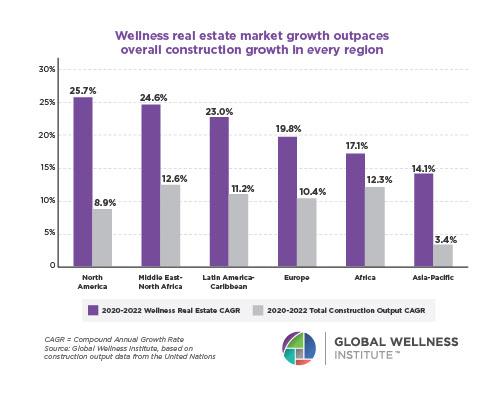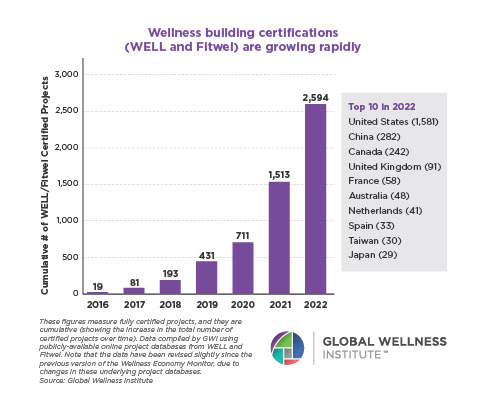Dying Well Initiative
2025 Trends
![]()
A global shift is reshaping end-of-life care, with five emerging trends leading the way. Medical Aid in Dying (MAID) is expanding rapidly, with pending legislation across the US and increasing public support in the UK and Latin America. End of life doulas are on the rise worldwide, providing non-medical support rooted in tradition and community. Psychedelic-assisted therapies are gaining traction for their potential to ease emotional and existential distress near death. Grief group rituals and retreats are re-emerging, blending cultural wisdom with modern mental health awareness to create communal healing spaces. Finally, in-community deathcare programs are flourishing—offering local, grassroots solutions to support the dying and their loved ones. Together, these trends reflect a growing desire to reclaim death as a meaningful, supported, and shared human experience.

TREND 1: Medical Aid in Dying (MAID)
The operational definition of MAID is when an individual deemed competent, assisted and authorized by a physician, takes a lethal dose of medication to end their life. Other terms used interchangeably include Voluntary-Assisted Dying (VAD), death with dignity, and physician-assisted suicide.
Several countries around the world have legalized some form of MAID, with not all requiring a prognosis of imminent death. In the United States, Oregon was the first state to legalize MAID in 1994, and since then, nine more states plus Washington, DC, have followed suit. However, in 2024, there are 19 states with pending legislation, a clear signal that people are demanding to reclaim control over their lives and deaths. To underscore this, Compassion and Choices, one of the leading advocates for MAID in the US, projects that by 2028, 50% of Americans will reside in states with MAID laws, up from approximately 21% as reported by the American Geriatric Society.
Although many European countries have legalized various forms of MAID, as of early 2024, Britain had not, but the times appear to be changing. An article published in March 2024 reports a surge in UK citizens joining Dignitas, the Swiss assisted dying association. Furthermore, recent polls indicate that 70% of UK citizens support MAID, and Scotland has pending legislation this year to legalize it.
Latin America, too, has only recently begun to look at MAID reform. In 2022, Colombia was the first country to decriminalize MAID with Ecuador becoming the second in February 2024.
Resources
- US States with pending legislation: https://www.axios.com/2024/02/09/medically-assisted-death-states.
- Compassion and Choice: https://www.compassionandchoices.org/about-us/cc-strategic-plan
- Aggregating 23 years of data on medical aid in dying in the United States, The American Geriatric Society, October 2022: https://www.ncbi.nlm.nih.gov/pmc/articles/PMC9588508/
- Dignitas membership accelerates in the UK: https://www.theguardian.com/society/2024/mar/28/dignitas-uk-membership-assisted-dying-scottish-parliament-bill#:~:text=Helping%20someone%20take%20their%20own,and%20the%20Isle%20of%20Man.
- Ecuador, the 2nd country to decriminalize euthanasia, February 9, 2024: https://www.bmj.com/content/384/bmj.q357#:~:text=Ecuador’s%20constitutional%20court%20has%20become,euthanasia%20on%20Wednesday%207%20February
TREND 2: The Continued Rise of End-of-Life Doulas
An end-of-life doula, sometimes called a death doula, death midwife, or deathcare worker, provides non-medical companionship and comfort to those facing a terminal illness or death. They offer resources and support to assist the dying person, as well as their family members and loved ones.
The term doula was first applied to deathcare in the late 1990s, but it was the COVID pandemic that spurred the demand for end-of-life (EoL) doulas. Moreover, the EoL doula rate continues to rise and expand globally in the post-pandemic era. National Geographic highlighted this phenomenon in a February 23, 2024, article titled “The Demand for End-of-Life Doulas is Soaring,” stating, “In 2019, the National End of Life Doula Alliance (NEDA) had 260 members in the U.S.; membership grew to 1,545 doulas as of January 2024.” Worldwide, as of February 2025, the International End of Life Doula Association (INELDA) has trained 8,000 end-of-life doulas since its founding ten years ago.
In a sign that death doulas are gaining popularity in the UK, the National Health Service (NHS) commissioned a pilot program in 2022. The report, published in July 2023, presented evidence that the services provided by a doula enhance not only an individual’s wellbeing, but also that of their family, while alleviating the burden on the NHS.
The largest increase in the number of EoL doulas has occurred in Latin America, where death midwifery has thrived in flourishing traditional communities. These doulas embody a new and valued role that honors this traditional practice. Two pioneers in the field are Wilka Roig, a transpersonal psychologist and death doula from San Miguel de Allende, Mexico, and Sophia Plonski, an end-of-life doula and grief coach based in Quito, Ecuador. Together, they founded the Red Latinoamericana de Acompañamiento in 2023, spearheading the death consciousness movement in Latin America. In April 2025, they will host their third annual conference.
Resources
- The Explosive Growth of End of Life Doulas in Latin America: https://www.youtube.com/watch?v=pL9r97QWe0Q
- The Demand for End of Life Doulas is Soaring: https://www.nationalgeographic.com/premium/article/death-doula-dignity-end-life-rituals
- End of Life Doula UK Evaluation, March 2023: https://oro.open.ac.uk/91880/1/EoLDUK%20Leeds%20KTV%20report_oro.pdf
- Red Latinoamericana de Acompañamiento, https://redlamuerte.org/
- International End of Life Doula Association, https://inelda.org/a-decade-of-doula-impact-transforming-end-of-life-care/.
TREND 3: Psychedelic Care at End of Life
Planned or current psychedelic-assisted therapy research in patients with life-threatening or terminal illnesses has exploded over the last 12 months. The first round of research published in 2016 by Johns Hopkins and New York University demonstrated similar results: significantly reducing anxiety and depression in 60-80% of participants while improving quality of life. In 2023, Sunstone Therapies, a research facility located in Rockville, MD, surveyed participants who had received a single dose of psilocybin with associated psychotherapy. After 18 months, 64% of participants still reported a significant reduction in depression, with 57% in remission. According to clinicaltrials.gov, there are at least 12 studies being planned to investigate psilocybin’s effects on easing depression, anxiety, and other disorders often associated with those facing a life-threatening illness. This does not include additional studies that are not yet listed. Furthermore, an additional half dozen or more studies are planned or underway to investigate LSD, MDMA, and ketamine in this same population.
The real-world application of ketamine in palliative or hospice care settings has gained significant interest and traction as the only legally available psychedelic in North America and the UK. Its efficacy in alleviating chronic pain, which is closely tied to depression, is a major factor contributing to its increased use among palliative care patients. Additionally, Michael Fratkin, MD, a palliative care physician, co-founded a Google group called Palliative Care Psychedelic Therapy in 2023, which now boasts over 900 subscribers as of March 2025, showing no signs of slowing down.
Resources
- Sunstone Therapies Psilocybin Study in Cancer Patients, May 26, 2023: https://old-prod.asco.org/sites/new-www.asco.org/files/content-files/Sunstone_Therapies_virtual_press.pdf
- Ketamine Reduces Depression and Suicidality in Cancer Patients, July 21, 2023: https://www.ncbi.nlm.nih.gov/pmc/articles/PMC10567968/
- Sunstone Therapies, MDMA Couples’ Study in Cancer Patients, October 3, 2023: https://www.biospace.com/article/releases/sunstone-therapies-announces-expansion-of-innovative-dyad-study-/
- MindBio LSD microdosing study in patients with cancer, January 30, 2024: https://www.biospace.com/article/releases/mindbio-therapeutics-nears-completion-of-landmark-phase-2a-lsd-microdosing-mb22001-clinical-trial-in-depressed-patients/
- Palliative Care Psychedelic Therapy Google Group: https://groups.google.com/g/PalCarePsychedelicTherapy
TREND 4: The Rise of Grief Group Rituals and Retreats
Grief is a universal feeling that affects people after the loss of a loved one, a relationship, a pet, a job, or due to trauma, among other experiences. It is a deeply personal experience that often feels isolating, as the person grieving may not feel comfortable discussing it, nor do those around them. Grief rituals and community support have been prevalent in civilizations for thousands of years and continue to exist in certain cultures. However, for the most part, they have been replaced by the expediency that societal norms demand.
The report on the overall growth of the grief counseling market reinforces why this trend is emerging. It is projected to increase from $2.73 billion in 2022 to $4.52 billion by 2029 globally. The report states that the main factor is the “increasing acceptability of mental health issues in general and grief-related mental health issues in particular.”
Group grief rituals are now being offered within communities, many of which leverage indigenous practices from North and Latin America, Celtic traditions, and African lineages. Cascadia Health is one example. Based on the well-known and respected teachings of Sobonfu Somé, an African grief healer, they bring together people for two days over a weekend of grieving and healing in community.
The Dinner Party, a grief community for 21 to 45-year-olds, exemplifies how grief can be managed collectively. Launched in 2014, its membership surged by several thousand and this trend continues. Other grief programs target the BIPOC community, providing support tailored to a specific group with unique needs.
Grief retreats and even cruises have gained popularity over the past couple of years. A quick search on Retreat Guru reveals more than 3,000 retreats scheduled for 2024, and Condé Nast has listed grief retreats as one of the top seven wellness travel trends for that year. In the UK, The Evening Standard connects the rise of death doulas and bereavement circles to the concept of “grief tourism,” noting that several new retreats have opened in 2024.
Resources
- Grief Counseling Market, January 4, 2024: https://finance.yahoo.com/news/grief-counselling-market-size-grow-151500502.html
- Cascadia Health: https://cascadiaquest.org/grieving-ceremonies
- The Dinner Party: https://www.thedinnerparty.org/
- Retreat Guru, Grief Retreats: https://retreat.guru/be/grief-retreats
- Conde Nast, 2024 Wellness Travel Trends: https://www.cntraveler.com/story/wellness-travel-trends-2024
- The Evening Standard, Grief Tourism, January 29, 2024: https://www.standard.co.uk/lifestyle/travel/grief-tourism-healing-retreats-b1135012.html
TREND 5: The Rise of Community-Based Deathcare
Community-based deathcare initiatives are gaining momentum as more people seek alternatives to institutionalized care—models that emphasize dignity, compassion, and connection for both the dying and their loved ones.
This trend is apparent in various grassroots efforts, many spearheaded by small nonprofits and local leaders who have witnessed firsthand the shortcomings of traditional systems. From creating nurturing homes in serene environments to organizing community death education and providing in-home support services, these programs are fundamentally grounded in the unique needs of their communities. A consistent theme emerges: people wish to die at home, surrounded by care that respects their values and reinforces social connections.
International programs such as Canada’s PEACH (Palliative Education and Care for the Homeless) and the US-based PACE (Program of All-Inclusive Care for the Elderly) demonstrate how community-centered care can address inequities, lower costs, and enhance quality of life. Meanwhile, in regions like New Zealand and Latin America, practitioners are integrating traditional wisdom, volunteer training, and cultural rituals to normalize conversations about death and broaden access to support.
Insights from recent gatherings, such as the “Deathcare in Community” panel sponsored by the Dying Well Initiative of the Global Wellness Institute, reinforce these patterns. Across the US, Mexico, and New Zealand, practitioners are responding to a growing demand for hands-on care, grief support, and safe spaces for conversations about death. Education plays a vital role in reducing fear, empowering volunteers, and inspiring neighbors to support one another. Collaboration is also essential, whether through partnerships with hospices, local artisans crafting coffins, or broader regional networks.
The COVID-19 pandemic accelerated this trend, with more people dying at home and reconsidering how—and where—they wish to spend their final days. The shift indicates a global awakening: death is not merely a medical event, but a communal experience that requires presence, care, and shared responsibility.
In the future, we can anticipate greater integration of community-led models with formal healthcare systems, enhanced training opportunities for non-medical caregivers, and the growth of networks that share tools, rituals, and wisdom across cultures.
Resources
- Center for Conscious Living and Dying, Asheville, NC: https://www.ccld.community/
- Farewell Trust, Marlborough Sounds, New Zealand: https://www.farewelltrust.org.nz/
- Elizabeth Kubler-Ross Foundation, Central Mexico: https://ekrmexico.org/en/
- US Program for All Inclusive Care for the Elderly: https://www.medicaid.gov/medicaid/long-term-services-supports/program-all-inclusive-care-elderly
- Canada’s Palliative Education and Care for the Homeless: PEACH
- Dying Well Initiative’s Deathcare in Community: Four Models from Around the World, https://youtu.be/7b_weJN9t-0

